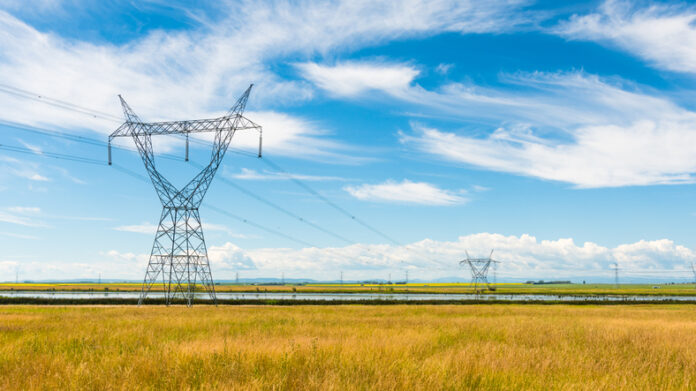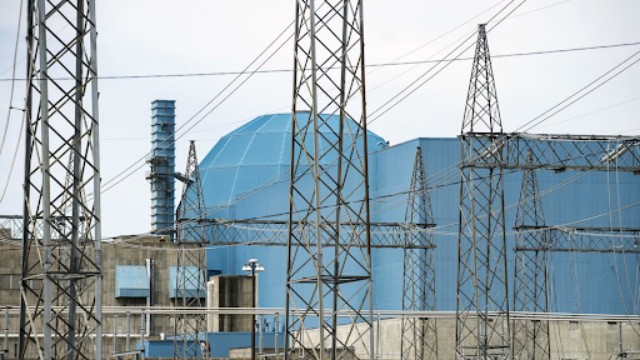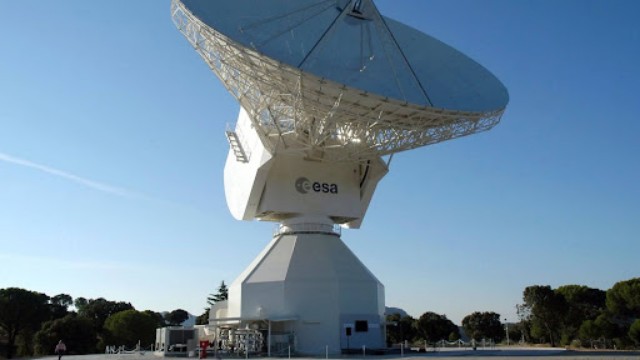
The Canadian gov't invests $112M in Alberta and $37M in BC to enhance internet access for remote communities, including Indigenous households. (IT World Canada)
The Canadian government has recently disclosed significant financial allocations aimed at enhancing internet connectivity in the provinces of British Columbia and Alberta. Over the course of the past two days, a total investment of C$112 million has been earmarked for Alberta, facilitating high-speed internet access for more than 22,500 households, alongside an additional $37 million dedicated to 7,500 households in British Columbia.
These initiatives are particularly targeted towards remote and rural communities, with a notable proportion—exceeding 4,000 households—being Indigenous. Among the beneficiaries of this funding is the Siksika Nation, with 1,356 Indigenous households set to benefit from the enhanced connectivity.
Highlighting the importance of reliable internet access, Ouray Crowfoot, Chief of Siksika Nation, emphasized its role in accessing essential services, education, and fostering social connections. The sentiment expressed underscores the significance of these investments in bridging the digital gap and fostering a more interconnected future.
Various entities, including Advanced Interactive Canada, Arrow Technology Group, Siksika Nation, and Yellowhead County, are set to undertake 14 projects in Alberta, supported by the allocated funds. Similarly, in British Columbia, Nisga’a Lisims Government, Telus, Ktunaxa Nation (FlexiNET), CityWest Cable & Telephone Corp., and Kaslo infoNET Society will be overseeing 14 projects as recipients of the investment.
Both British Columbia and Alberta have established historic partnerships with the federal government, demonstrating their commitment by allocating substantial amounts—up to $830 million for British Columbia and $780 million for Alberta—to extend high-speed internet access to rural, remote, and Indigenous communities within their jurisdictions.
It has been indicated that further projects will be identified under the Alberta-Ottawa broadband partnership in the upcoming months, suggesting a sustained effort in bolstering connectivity infrastructure.
Minister of Rural Economic Development, Gudie Hutchings, highlighted that these investments are aligned with the government's objective of ensuring that 98 percent of Canadians have access to high-speed internet by 2026, with full coverage reaching 100 percent by 2030.
For additional information on the projects announced, details can be accessed via the provided links for Alberta and British Columbia.















